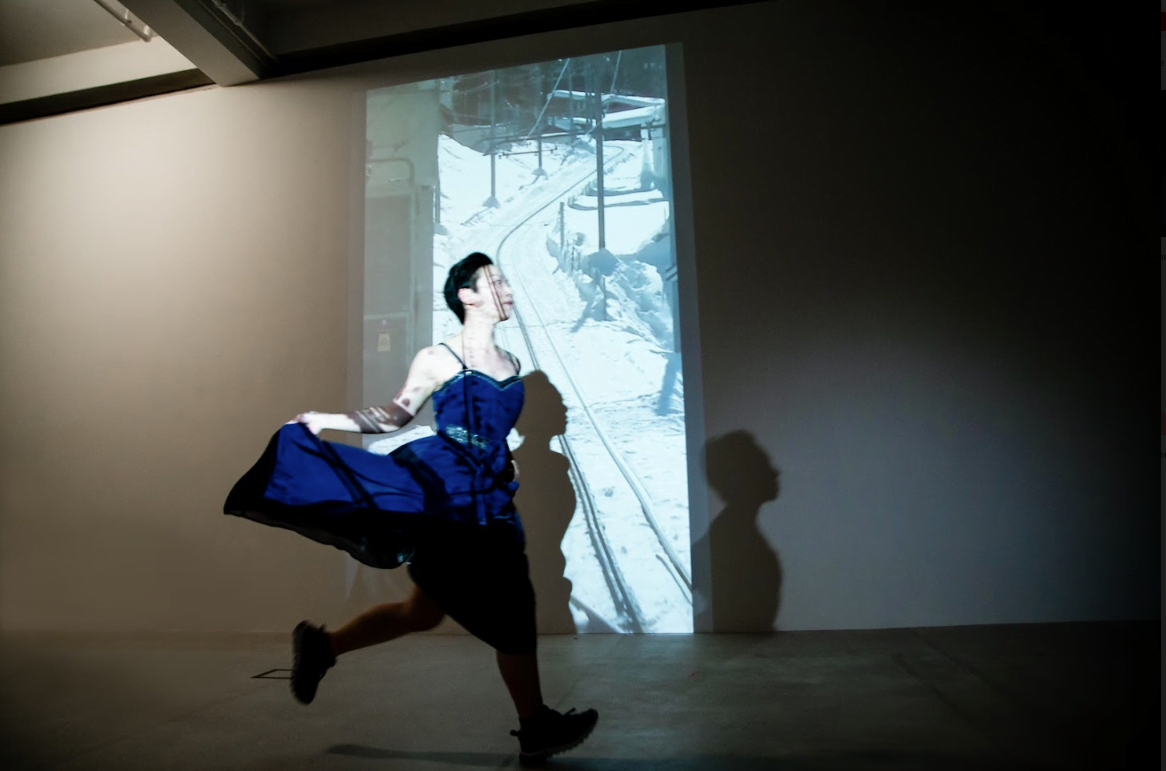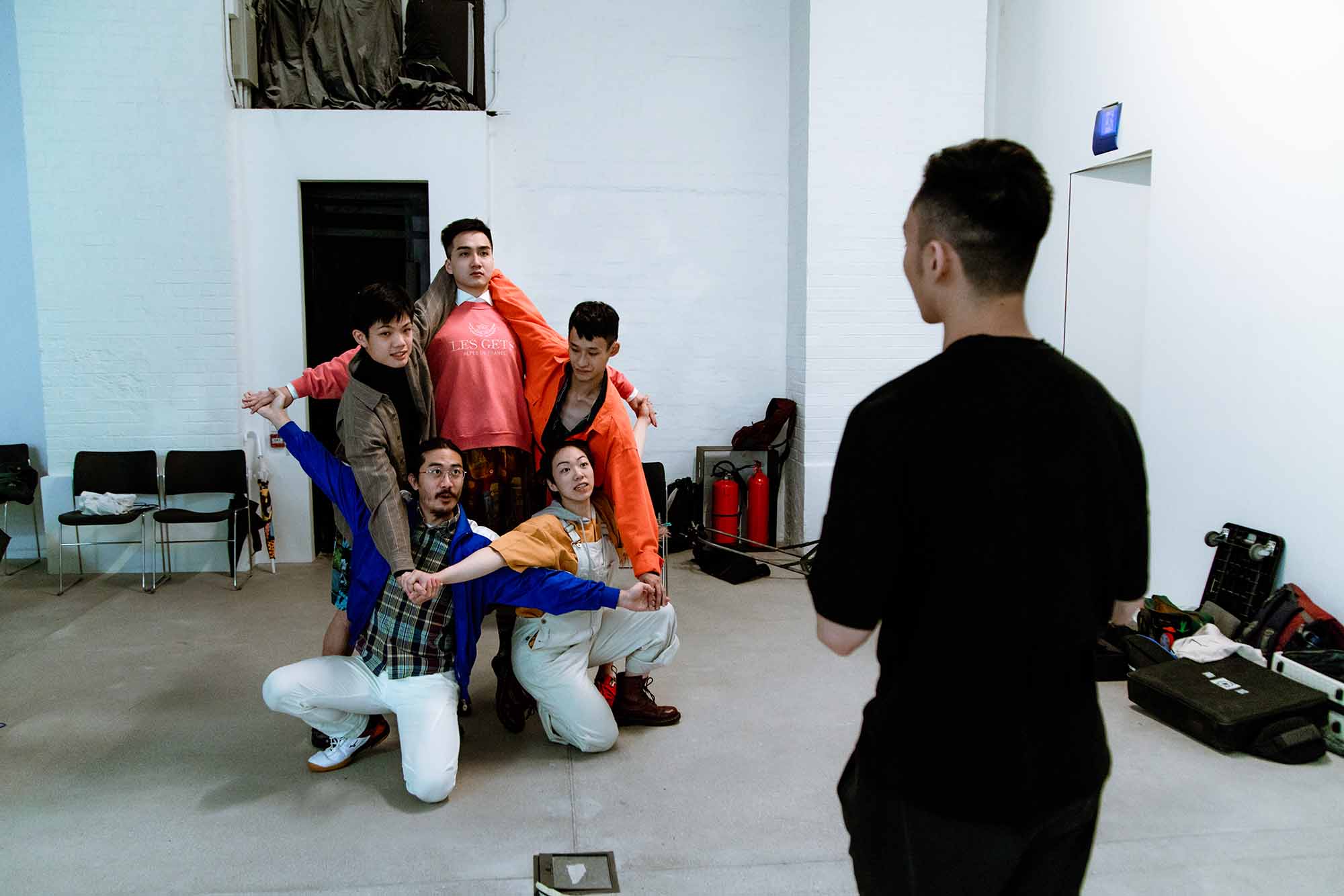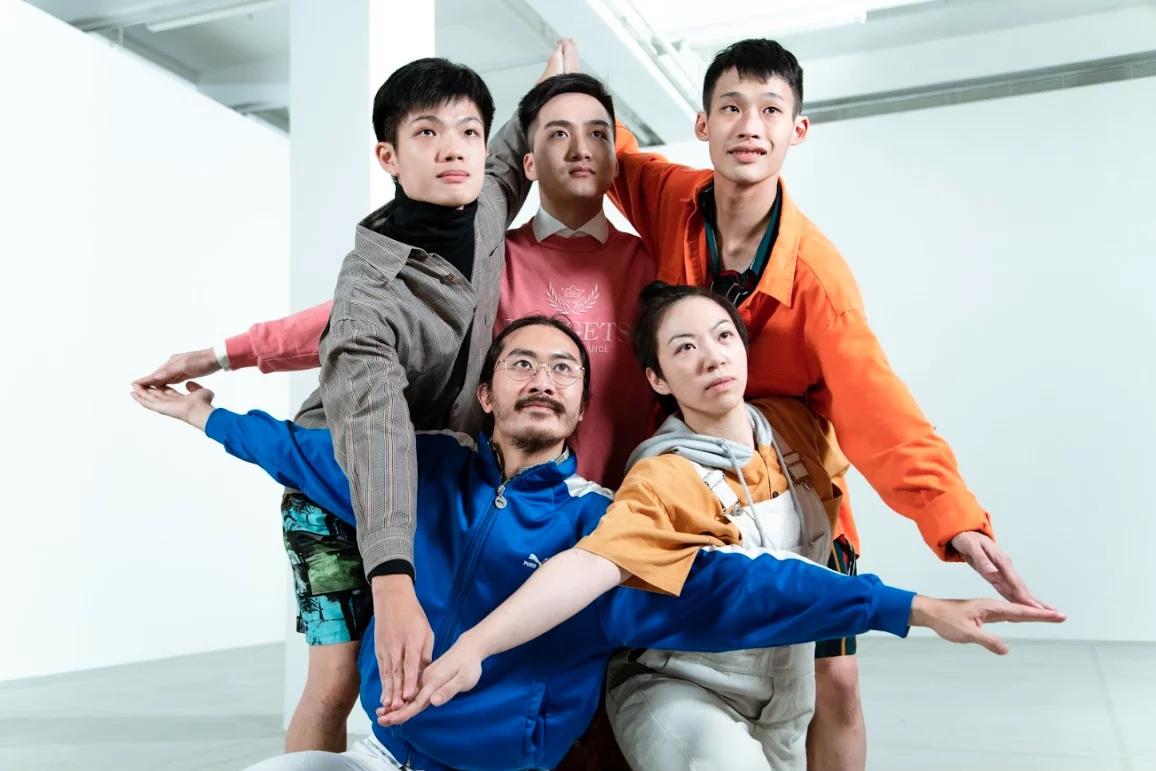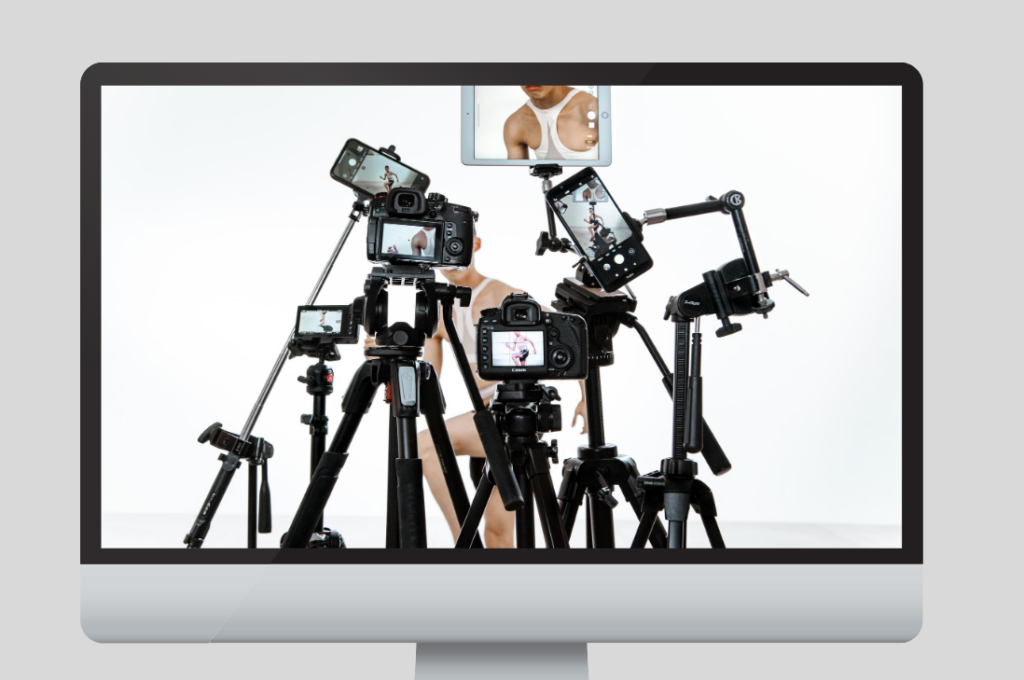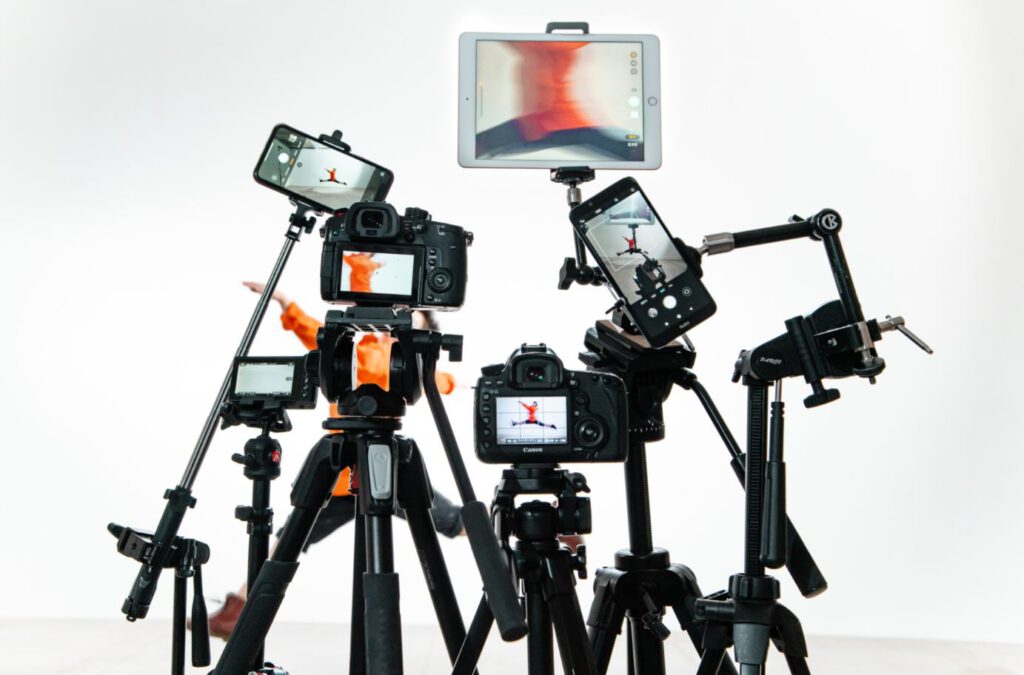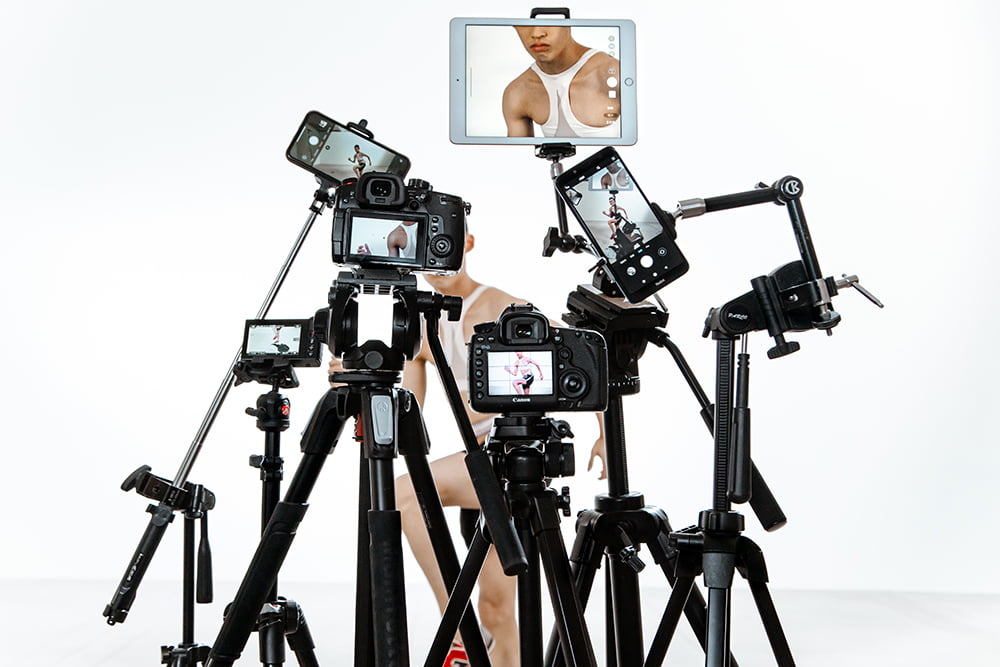Breaking the Fourth Wall
Choreographer Joseph Lee takes his audience on a contemplative ride through his latest show Unfolding Images: We Are Spectacle(s), but one must be an active thinker in order to make the most out of this journey, he says.
Text: Venus Lam
Translation: Vivienne Chow
Photos: Steve Li@ Junes
There’s more to dancer and choreographer Joseph Lee’s latest show Unfolding Images: We Are Spectacle(s) than meets the eye. At first glance, it is a contemporary dance piece featuring five performers exploring the symbolism of body movement. But on a deeper level, the show is Lee’s invitation to the audience to join him on an experimental exploration that aims to break the fourth wall.
“I’ve always aspired to break down the barrier between the audience and performers through a live performance,” Lee says. “It is very easy to find a good dance performance video on Instagram. Why do people still have to go to the theatre to see a live performance? That is because there is communication between the audience and performers during a live performance in a theatre, and I cherish that the most.”
Lee has been skeptical of the traditional setting of dance theatre. He says although there is nothing wrong with audiences remaining in their seats to watch the show from afar as detached spectators, the gap between audiences and performers has been so large that it minimises audiences’ contribution to a performance.
“Audiences consume performers by purchasing a ticket to a show, expecting performers on stage to stimulate them with extraordinary techniques and surprising arrangements. But this put the audiences in a very passive role,” says Lee. Audiences have a huge role to play in keeping a performance alive, he says.
This performance will feature five performers. Lee hopes to create a new artistic language that belongs to the local community together.
More than a dialogue
Lee has been striving to involve the audience in his body of work, which explores the reading and the interpretation of text and body movement. His 2016 acclaimed solo contemporary dance piece Folding Echoes, for example, is a dialogue between himself and the audience conducting in the language of dance on the surface, but it is essentially an opportunity to provoke the audience to reflect the meaning behind theatre.
Lee takes this dialogue to a new level with Unfolding Images: We Are Spectacle(s), his first full-length piece that is an expansion of Folding Echoes. This time, he serves as the mastermind behind five performers on stage and the show is more than just a dialogue. It is a continuation of Lee’s quest to investigate the meaning behind body language. “It is also about the symbolism of body movement, and how we read and understand those symbols,” says Lee.
His collaboration with five performers is in fact an experiment that is much needed in the Hong Kong arts scene — an attempt to invent a local artistic language. “To a certain extent, artists trained in Hong Kong have only inherited the western traditions, but I hope that through my work with five performers I admire, we can together create a new artistic language that belongs to the local community,” he says.
The age of digital portrait
In Unfolding Images: We Are Spectacle(s), Lee strives to build a connection with the audience through an eloquent, performative commentary on a topic that almost everyone can relate to in this day and age — posing for a selfie, an act that many people perform on a day-to-day basis in the age of digital revolution brought forward by smartphones and social media.
“I’m always interested in the still image of human bodies. In recent years, I’ve been reflecting how portrait photography has affected the way we observe our body language and body postures,” Lee says.
Lee says a century or two ago, the concept of posing probably did not exist. “People might just sit still to pose for a portrait painting,” he says.
But in today’s era of digital photography, posing in front of the camera is almost like a reflex to many people, and this widespread phenomenon has turned them into a spectacle collectively, everyone is seen and be seen. The way how people choose their postures has also unknowingly shaped a new set of cultural codes in the 21st Century.
“Take the ‘V’ sign, for example. It is widely adopted by Asians only,” Lee says. By incorporating these highly recognisable symbols and codes in the performance, he hopes to build a connection with the audience.
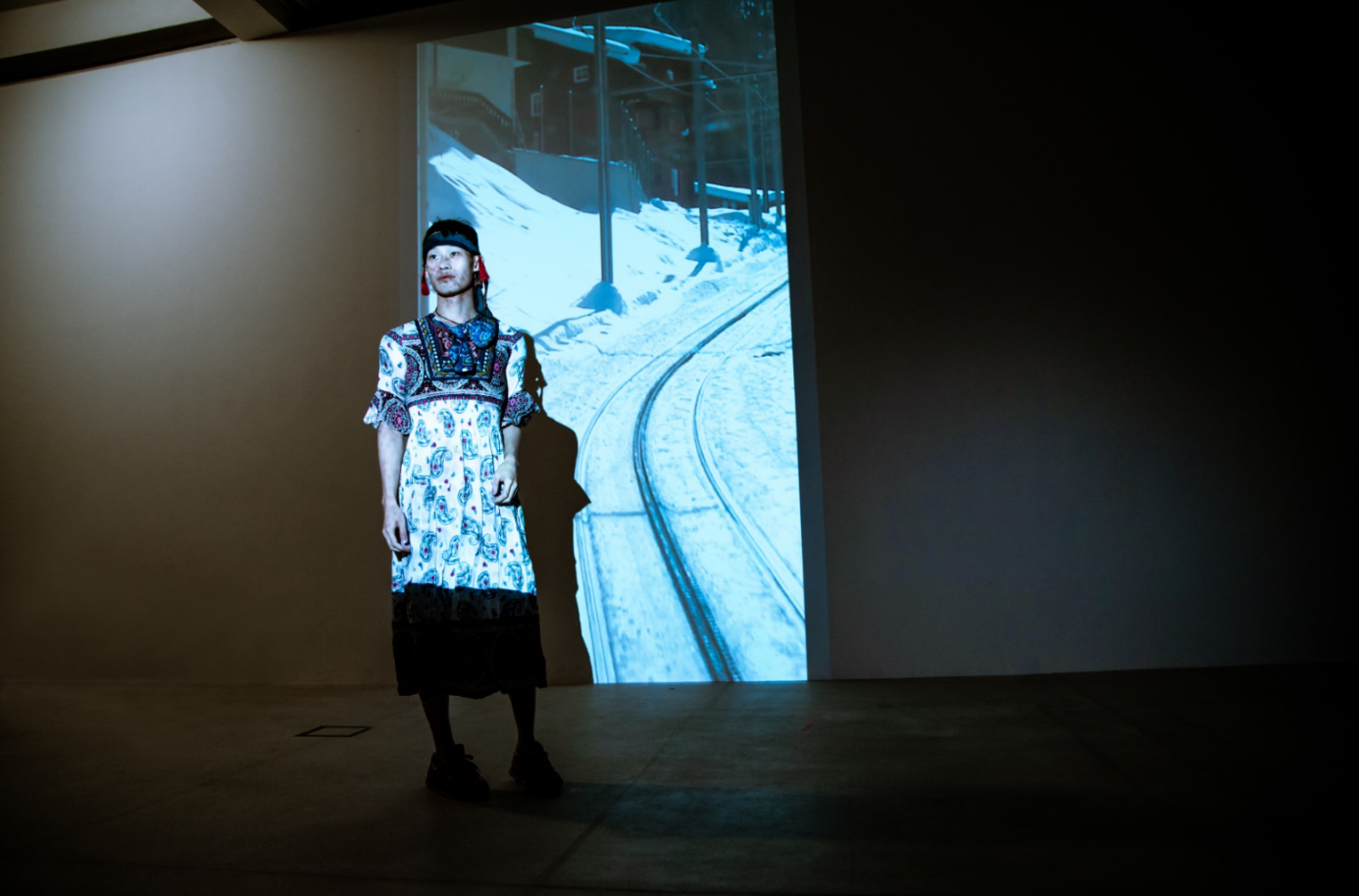
The symbolism of body movement, and how we read and understand those symbols in today’s era of digital photography are what interest Lee. “A century or two ago, the concept of posing probably did not exist. People might just sit still to pose for a portrait painting.”
Real time, real space and real body
Lee will challenge the audience with a lot of repetitions at the beginning of the show, and he is not afraid of turning them away. He believes that the repetition will spark the audience’s curiosity, the first step to encourage the audience to take over an active role in a live performance.
“I’m fully aware of the audience’s expectation but I let them down deliberately,” he says. “When the audience begins to ask questions and contemplate, it is the moment they transform from a passive role to an active role. This is the way to tear down the fourth wall in the theatre.”
Lee’s Unfolding Images: We Are Spectacle(s) is among the first shows staged as the theatre reopens after a long hiatus due to the coronavirus pandemic. The absence of live performances in front of the audience has made him cherish them even more.
“Audiences’ experiences at live performances are about real time, real space and real body. A theatre performance is only a temporary community, but creators and performers give the audience a direction and the freedom to imagine and interpret. Together, we are taking on a magical ride,” he says.

“A theatre performance is only a temporary community, but creators and performers give the audience a direction and the freedom to imagine and interpret. Together, we are taking on a magical ride.” Choreographer Joseph Lee says.
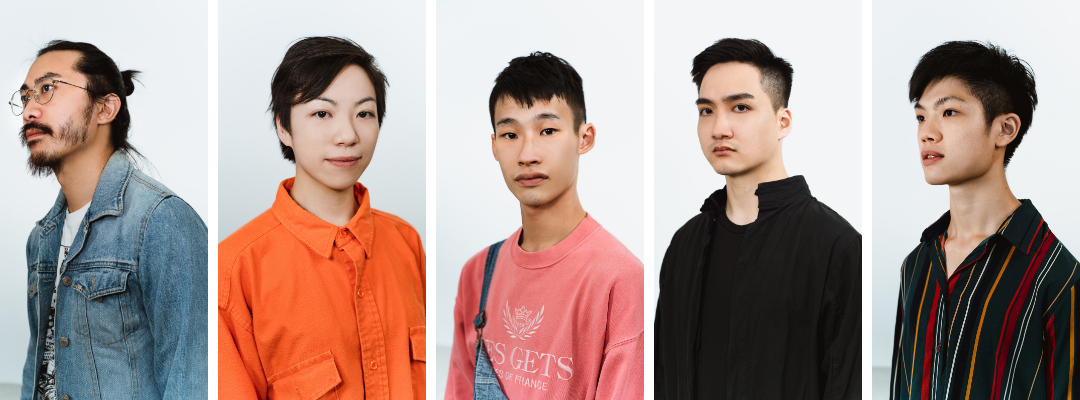
Creation & Performance: Leung Tin Cheuk, Carman Li, Chan Wai Lok, Holmes Cheung and John Woo▲
Related Tags
Notice: Undefined variable: html in /home/hirocorpco/domains/hiro-corp.com/public_html/JCNAP/wp-content/plugins/insert-php/includes/shortcodes/shortcode-php.php(52) : eval()'d code on line 3



